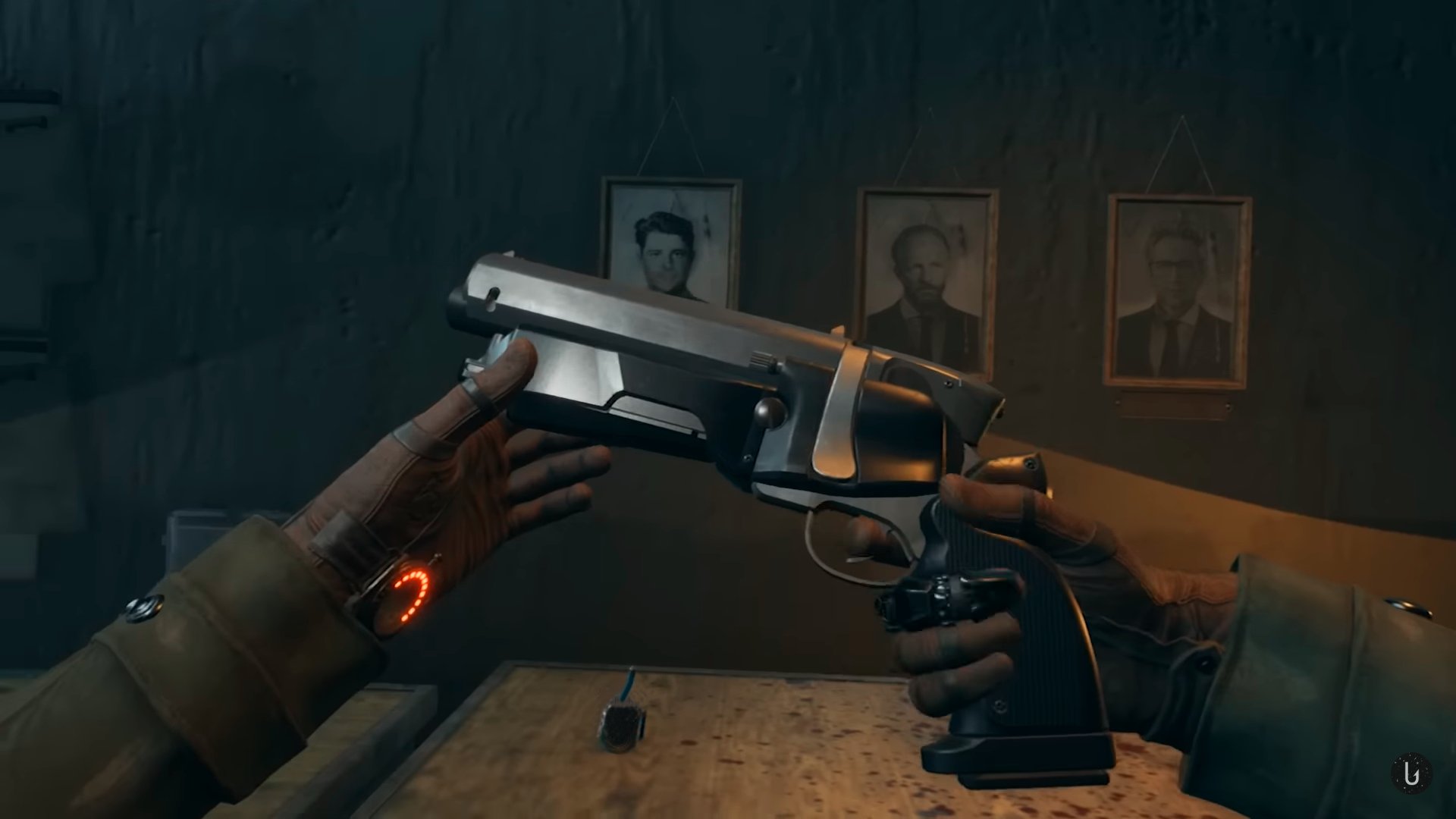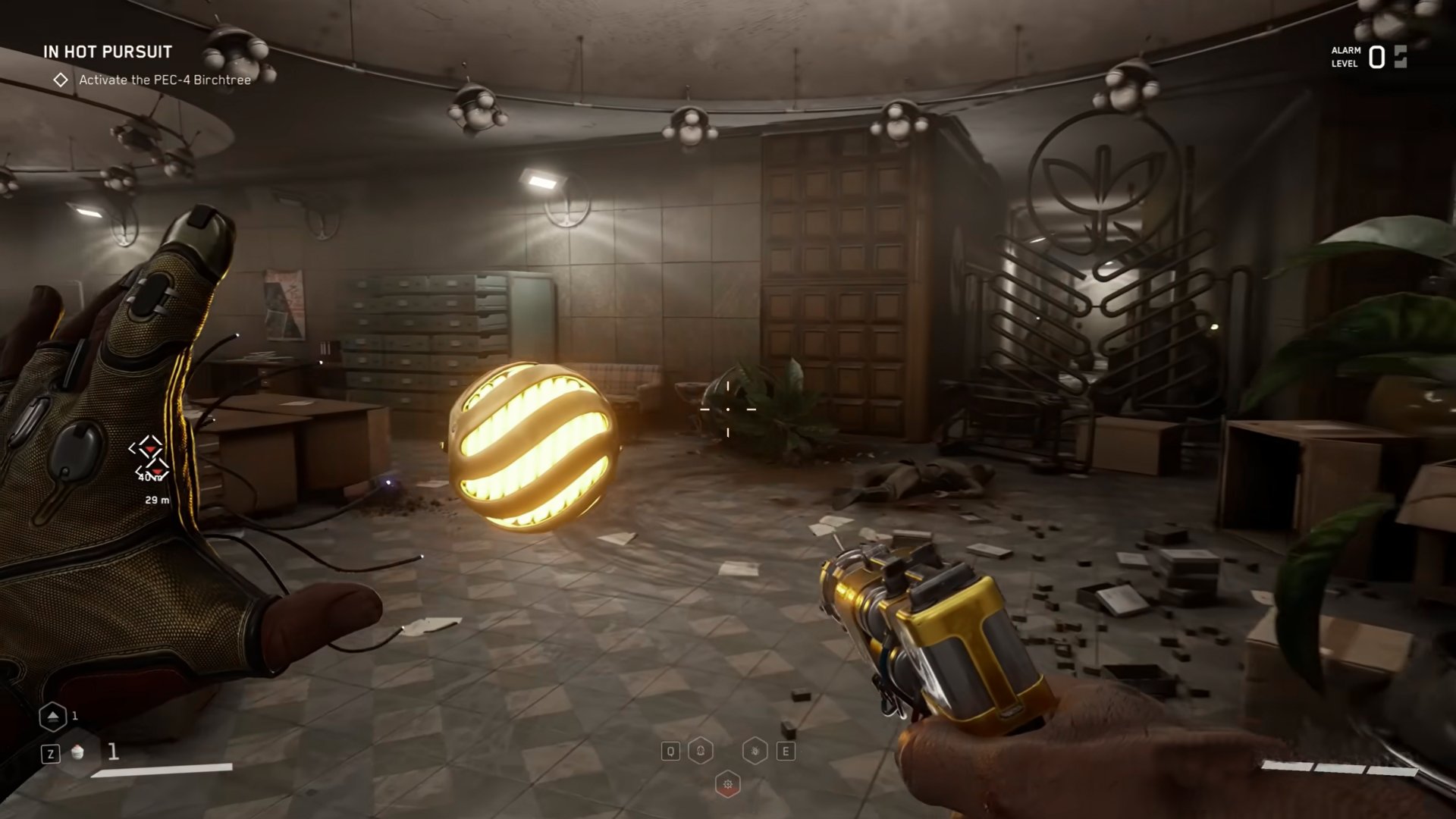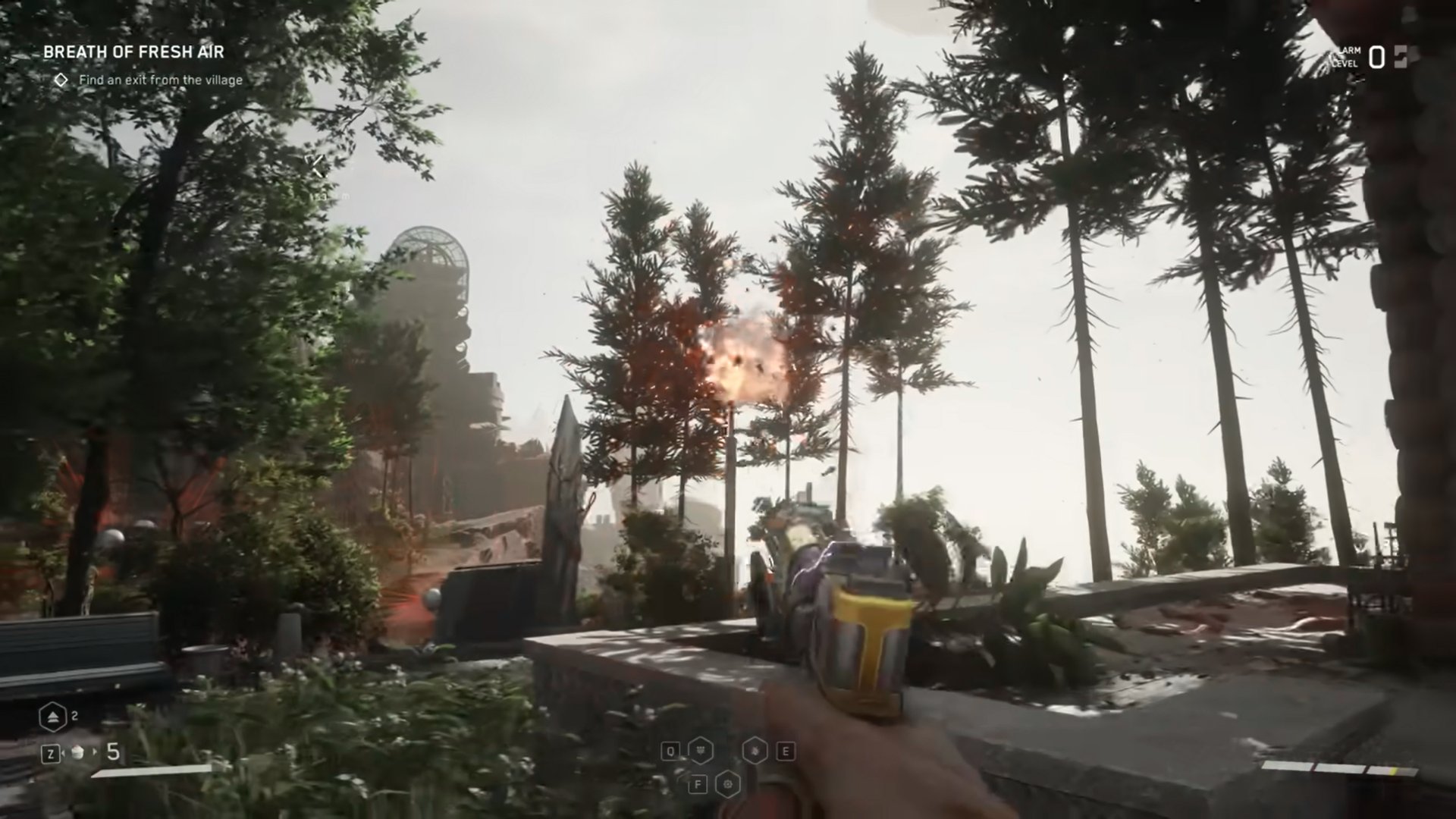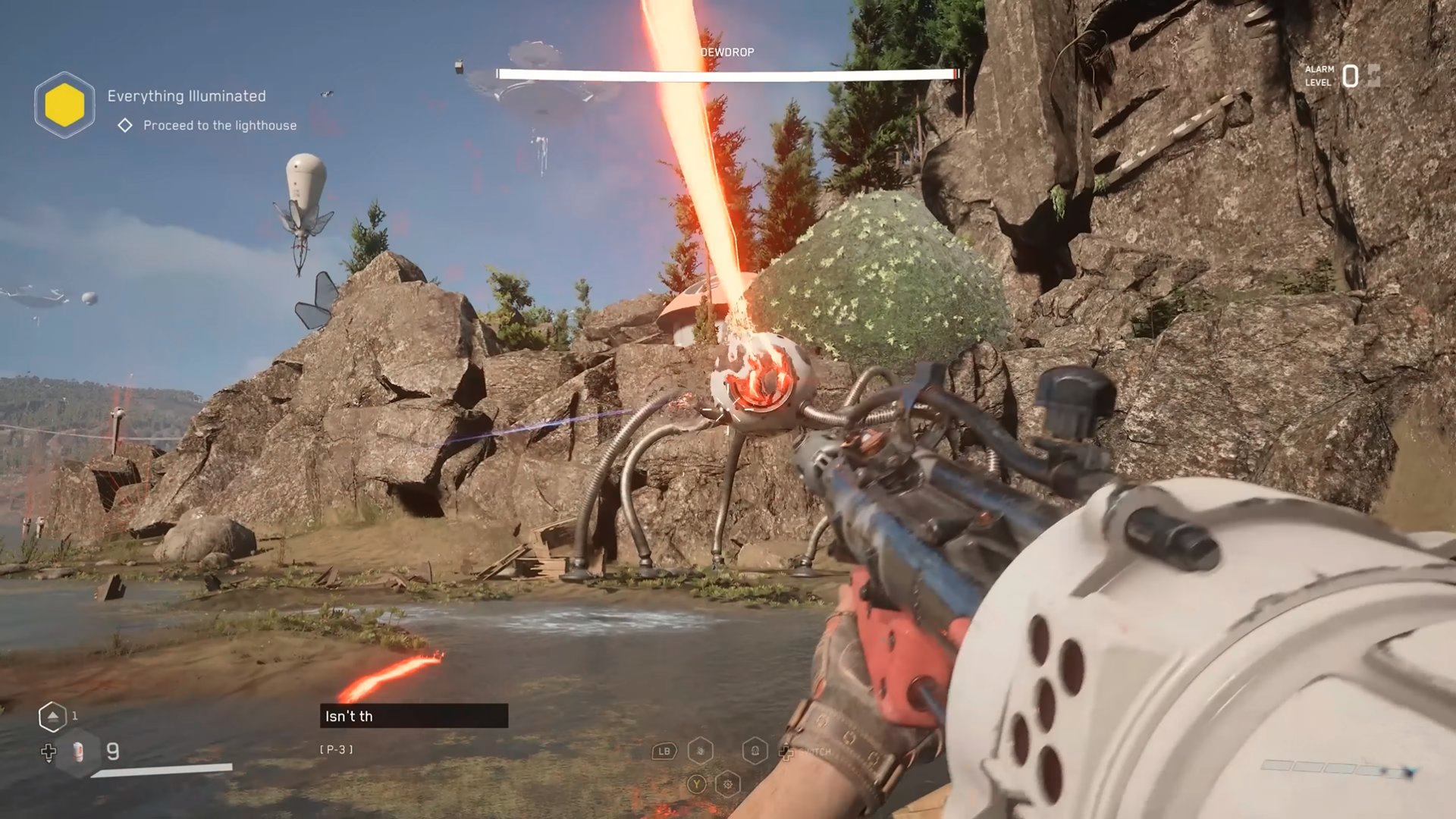Released last year, we finally got around to playing Atomic Heart recently, one of the most ambitious and polarizing games to hit the consoles in recent years. Developed by Mundfish, this first-person shooter mixes alternate-history Soviet aesthetics with bio-punk horror and wild narrative swings, delivering an experience that's as dazzling as it is disjointed.
From the outset, Atomic Heart captures your attention with its retro-futuristic Soviet world. The game imagines a 1950s USSR where robotics and AI have advanced far beyond their time, creating a society brimming with utopian propaganda, floating cities, and malfunctioning machines. The visuals are stunning on PS5 and Xbox Series X, with highly detailed environments, smooth lighting, and an impressive level of artistic ambition. The game runs fairly well too, maintaining consistent performance with only occasional hiccups during larger set-piece battles.

You play as Major Sergey Nechaev, code-named P-3, a soldier sent to investigate a robot uprising at Facility 3826. It doesn’t take long before things go off the rails — both narratively and tonally. The story swings between philosophical musing and absurdist satire, often feeling like it's unsure of what tone it wants to strike. P-3’s dialogue is frequently cringey and overly aggressive, detracting from the atmosphere and pulling you out of the moment. His talking glove, CHAR-les, acts as both guide and comic relief, but even that banter can wear thin.

Gameplay-wise, Atomic Heart offers a blend of Bioshock-style plasmids (here called Polymers) with your left hand and melee/gun combat with your right. You’re encouraged to mix things up — freeze enemies, then smash them with a reinforced axe, or use telekinesis to hurl objects and enemies around. The weapon crafting and upgrade system is surprisingly deep, and there’s a decent variety of tools to experiment with. However, the combat can feel clunky and unpolished, with uneven hit detection and frustrating enemy patterns that often make encounters feel more chaotic than satisfying.

The open-world segments are a mixed bag. While visually impressive on the version I reviewed (PS5) and equally as pleasing on the Xbox Series X, they’re sparsely populated and often feel like filler between story missions. Dandelion surveillance cameras and patrolling robots make traversal a chore rather than a challenge, and stealth mechanics are too undercooked to offer a real alternative to combat.
The real standout is the game’s aesthetic and soundtrack. From haunting orchestral pieces to reimagined Soviet anthems and even electronic remixes by Mick Gordon (of Doom fame), the music enhances every encounter and adds to the surreal mood.

In conclusion, Atomic Heart is an ambitious and visually stunning game that’s marred by inconsistent storytelling, clunky combat and uneven design. It’s a love letter to immersive sims and Soviet science fiction that doesn’t always hit the mark — but it’s undeniably unique. If you're looking for something fresh and strange and can forgive rough edges, Atomic Heart might just scratch that weird “magic & guns” shooter itch, for at least 12 hours.
Thanks to Mundfish and Focus Entertainment


